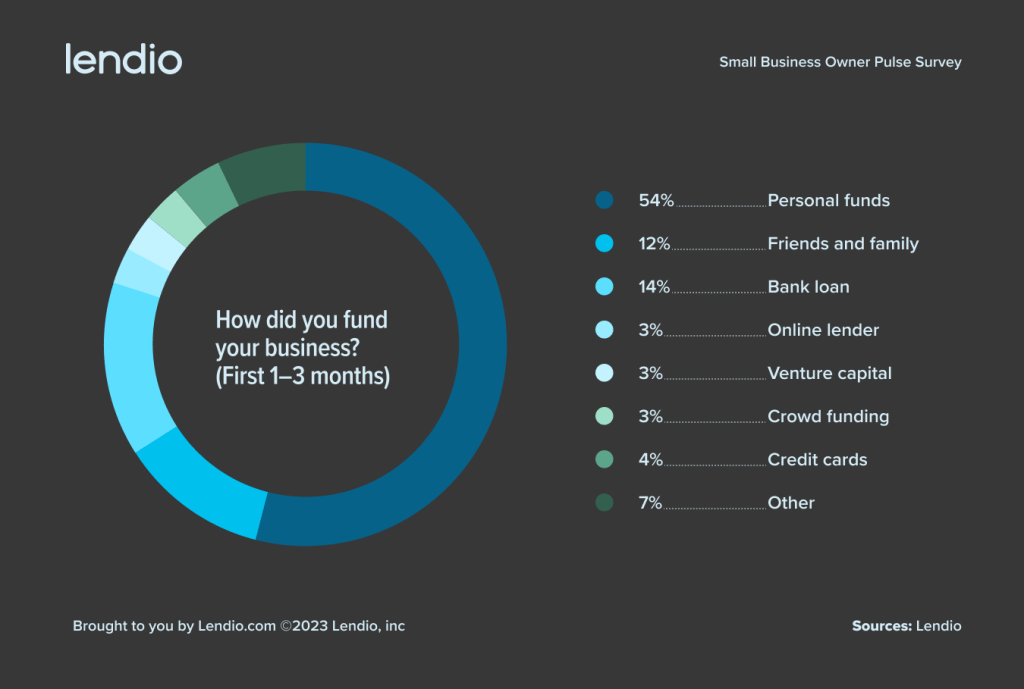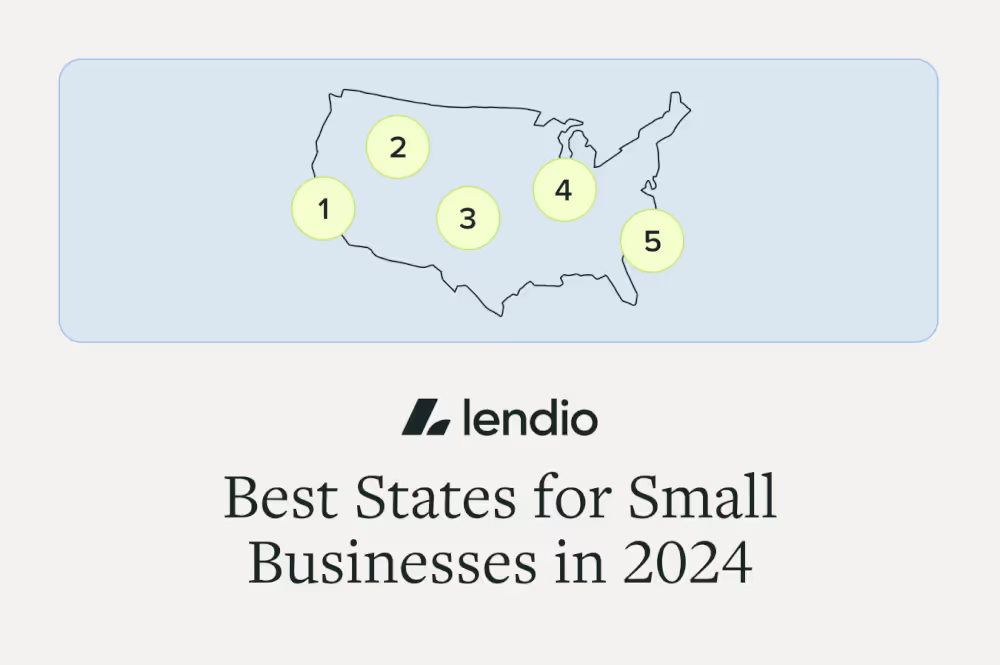SERIES
Thank you! Your submission has been received!
Oops! Something went wrong while submitting the form.
Text Link

Social Media Marketing Guide
Social media can be a game-changer for small businesses—if you know how to use it. This guide covers everything from choosing the right platforms to creating engaging content and growing your audience. With actionable tips and proven strategies, you’ll learn how to turn likes and follows into real business results.
Small Business Marketing
Text Link

Email Marketing Guide
Email marketing is one of the most powerful tools for small businesses—when done right. This guide covers everything from building your email list to crafting engaging campaigns that drive results. With actionable tips and step-by-step guidance, you’ll learn how to connect with your audience, boost sales, and grow your business through email.
Small Business Marketing
Text Link

Digital Marketing Guide
Digital marketing doesn’t have to be overwhelming. This guide simplifies the essentials, from building an online presence to leveraging social media, email, and SEO. Packed with practical tips and step-by-step strategies, it’s designed to help small businesses succeed in the digital world without a big budget or a full marketing team.
Small Business Marketing
Text Link

Small Business Marketing Guide
Let’s face it. There’s a lot of bad marketing advice out there. Or great advice that’s far too in-depth for a small business owner who isn’t looking to start a full-time career in marketing. We created this guide to cut through the clutter and provide you with principles, direction and the applicable step-by-step how-tos to get the job done.
Starting And Running A Business
Text Link

Small Business Branding Guide
Your brand is more than just a logo—it’s the heart of your business. This guide walks you through the essentials of small business branding, from defining your identity and crafting your message to building a strong, lasting impression. With clear steps and actionable advice, you’ll create a brand that resonates with customers and sets your business apart.
Small Business Marketing
Text Link

Small Business Hiring Guide
Hiring for small businesses doesn’t have to be complicated. Your business can achieve success when you understand relevant legal requirements and find the right job candidates for your open positions. This comprehensive guide covers everything from finding the right employees to hire to employee training and development.
Starting And Running A Business
Text Link

Customer Marketing Guide
Your best customers are your biggest growth opportunity. This guide breaks down customer marketing strategies tailored for small businesses, helping you turn happy customers into loyal advocates. From building relationships to leveraging referrals, discover actionable steps to maximize lifetime value and drive sustainable growth.
Small Business Marketing
Text Link

Guide To Starting A Franchise
From selecting the right franchise opportunity to navigating the financial aspects, this step-by-step resource equips aspiring entrepreneurs with the knowledge and strategies needed to thrive in the world of franchising.
Starting And Running A Business
Text Link

Guide To Starting A Business
Have a business idea but not sure where to start? Our comprehensive guide to starting a business has everything you need to know. From legal requirements to market research, we’ve got you covered.
Starting And Running A Business
Text Link

Guide To Running A Business
Running and growing a business is no easy feat. Our guide to running a business has everything you need to know to keep things running smoothly. From managing employees to marketing your business, we’ve got you covered.
Starting And Running A Business
Text Link

Small Business Accounting Guide
Take your business to the next level with our Accounting Guide. Master the language of numbers, understand financial statements, and make informed decisions based on accurate financial data. Discover the power of sound financial management.
Business Finance
Text Link

Cash Flow Management Guide
Master the art of cash flow management with our comprehensive guide. Learn strategies to optimize your cash flow, forecast revenue and expenses, and keep your business financially stable. Take control of your finances and achieve long-term success.
Business Finance
Text Link

Guide To Small Business Invoicing
Streamline your billing process with our Invoicing Guide. Learn how to create professional invoices, manage client payments, and maintain a healthy cash flow for your business. Get paid faster and efficiently track your revenue.
Business Finance
Text Link

Small Business Marketing Strategy Guide
A great marketing strategy is the foundation of small business success. This guide takes you step-by-step through defining your goals, identifying your audience, and choosing the right channels. With practical tips and clear direction, you’ll build a tailored strategy that drives growth and delivers measurable results.
Small Business Marketing
Text Link

Small Business Tax Preparation Guide
Navigate the complex world of taxes with our Tax Preparation Guide. From understanding tax obligations to maximizing deductions and filing quarterly taxes, we’ll help you stay compliant and minimize your tax burden. Unlock the secrets of tax success for your business.
Business Finance
Text Link

Small Business Bookkeeping Guide
Stay on top of your business finances with our Bookkeeping Guide. Learn the art of tracking income and expenses, maintaining financial records, and keeping your books in order. Unlock financial success with our expert tips.
Business Finance
Text Link

Guide To Business Loans
Need help securing funding for your business? Our business loans guide simplifies the financing process, explains key terms, and walks you through your loan options.
Business Loans


.png)















